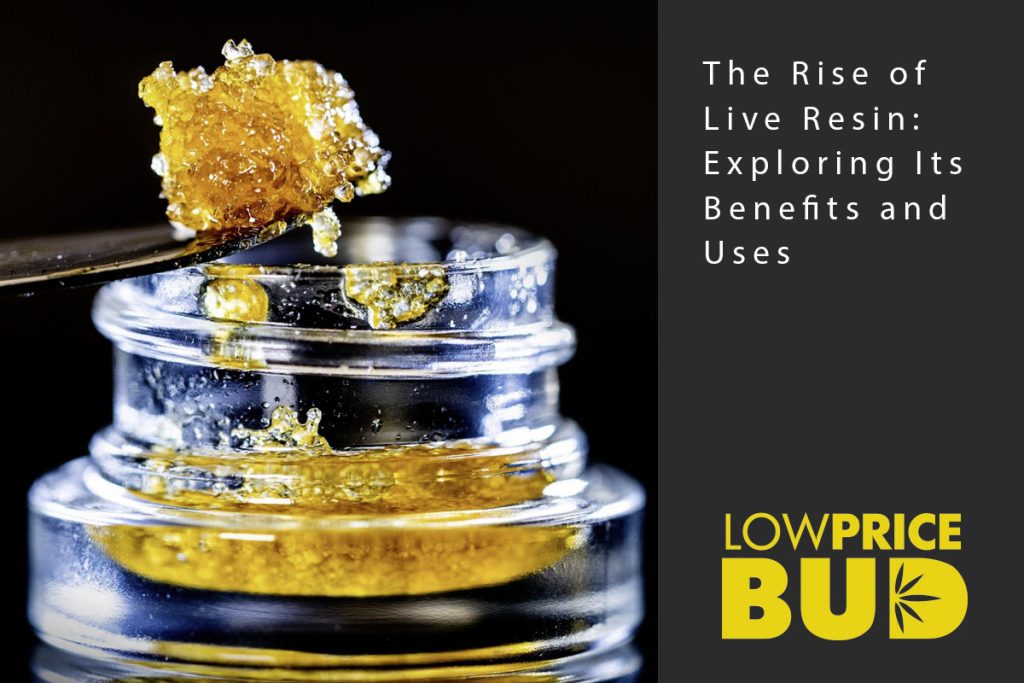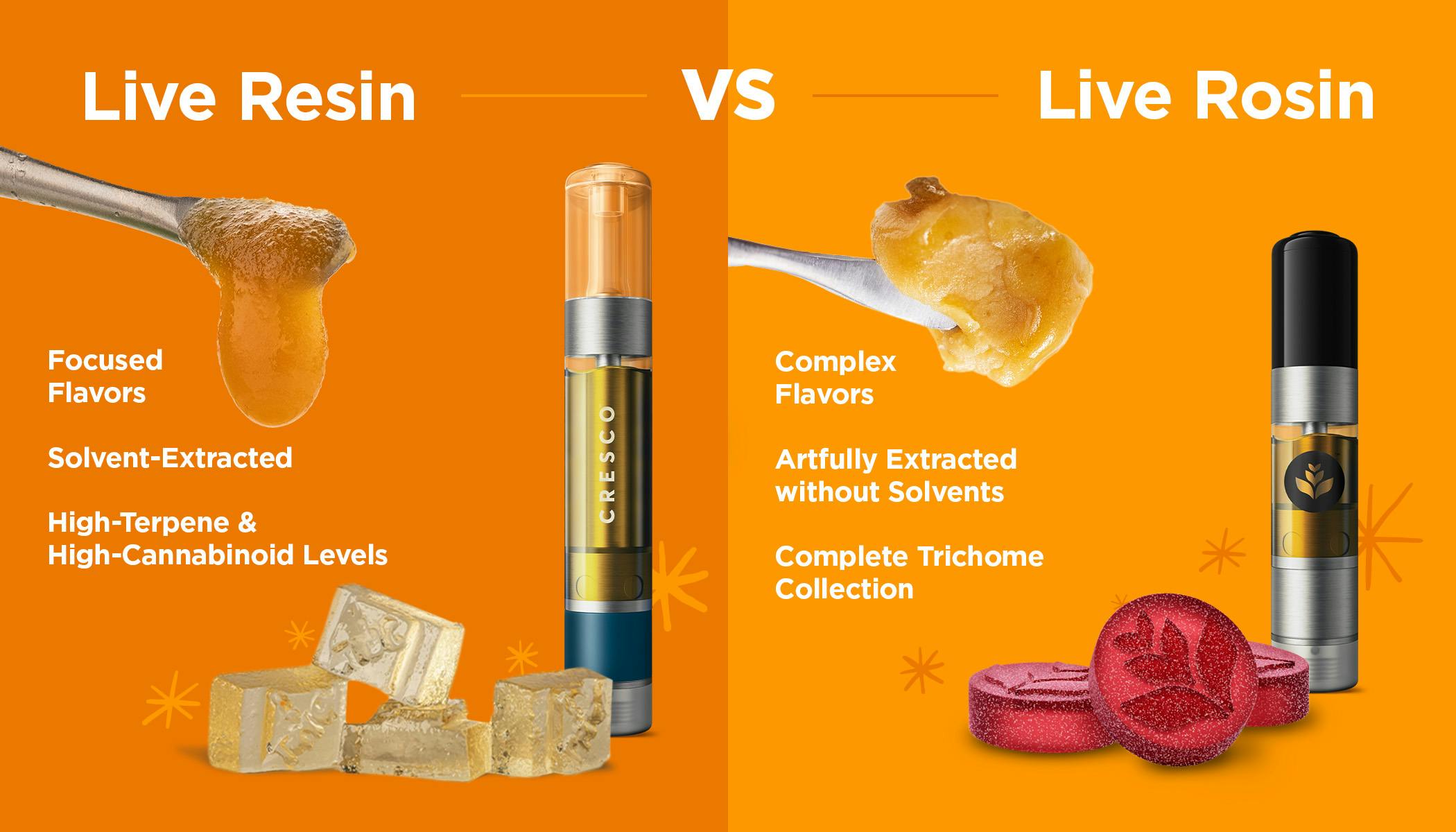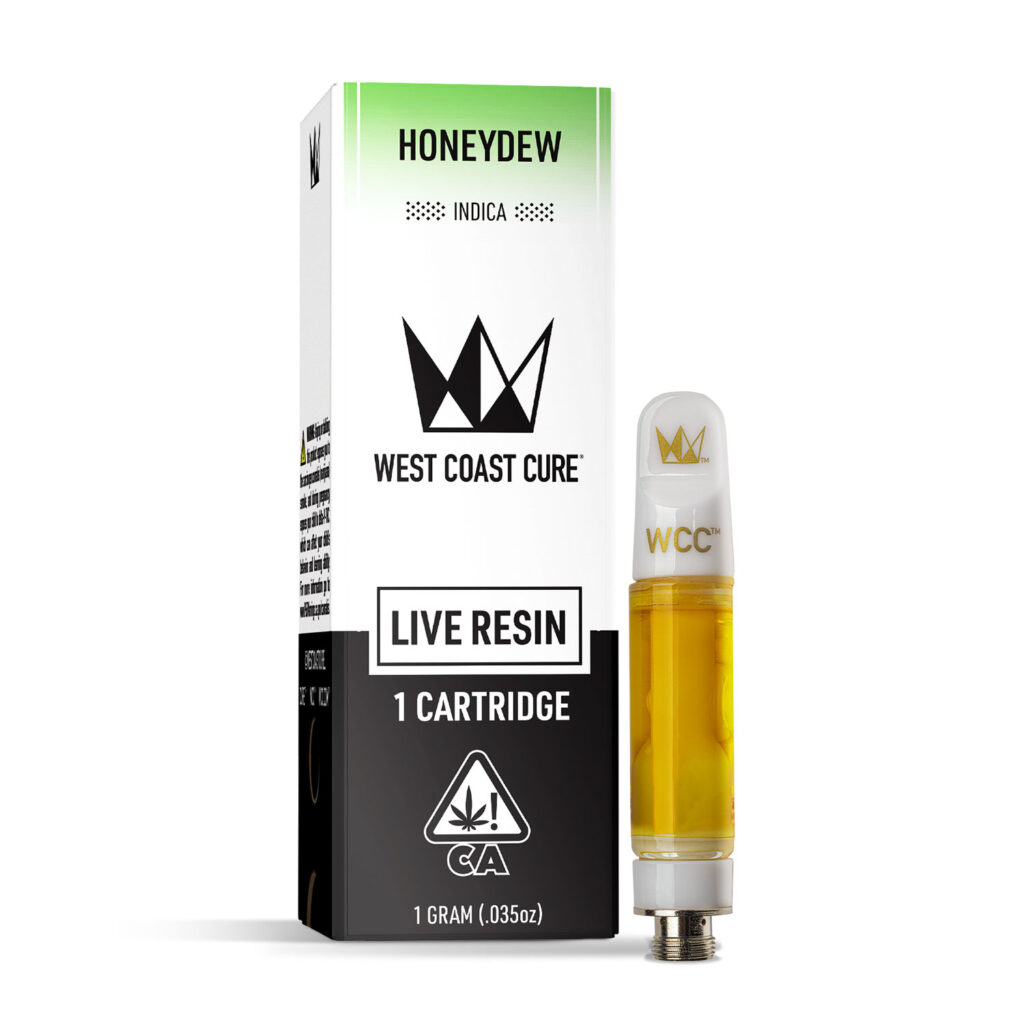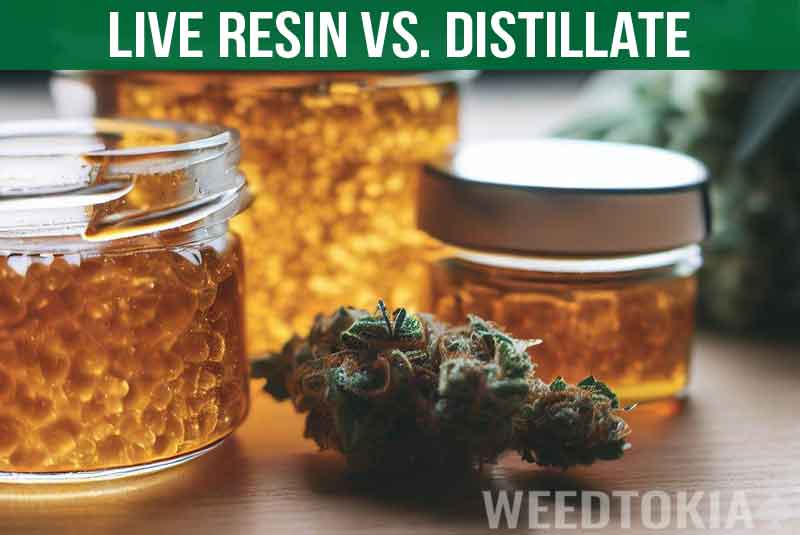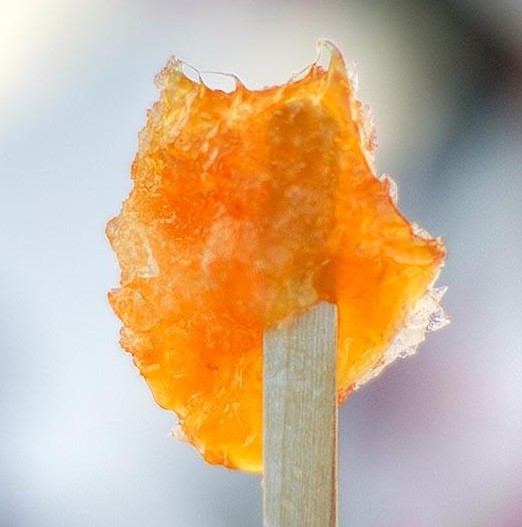How Much Does Live Resin Cost
The price of live resin, a potent cannabis concentrate, is a question on the minds of both seasoned consumers and those new to the world of cannabis extracts. Understanding the factors that influence its cost requires delving into the intricacies of its production, market dynamics, and varying regulatory landscapes.
This article will explore the average costs of live resin, the variables that affect pricing, and what consumers can expect to pay in different regions. We aim to provide a comprehensive overview, drawing on industry data and expert insights to illuminate this often-opaque corner of the cannabis market.
What is Live Resin and Why Does It Matter?
Live resin is a type of cannabis concentrate produced using freshly harvested cannabis plants that are flash-frozen. This process preserves the plant's delicate terpenes, resulting in a more flavorful and aromatic product compared to concentrates made from dried and cured cannabis.
The rich terpene profile and higher potency of live resin make it a popular choice among cannabis consumers. Its production method, requiring specialized equipment and expertise, contributes to its premium pricing.
Factors Influencing Live Resin Prices
Several key elements determine the price tag of live resin, including production costs, market demand, and local regulations.
Production Costs
The process of creating live resin is significantly more complex and expensive than traditional cannabis extraction methods. Flash-freezing equipment, specialized extraction machinery, and skilled technicians are essential.
The higher the quality of the starting material, the more premium the live resin will be. Premium strains grown with optimal conditions naturally increase the overall cost.
Market Demand and Location
States with robust cannabis markets and high consumer demand often see higher live resin prices due to simple supply and demand principles. Conversely, in regions with oversupply, prices may be more competitive.
Geographic location plays a significant role. States with higher taxes and more stringent regulations on cannabis products tend to have higher retail prices for live resin.
Regulatory Environment
State and local regulations drastically impact the cost of live resin. Licensing fees, testing requirements, and packaging regulations add to the overhead expenses for producers, which are often passed on to consumers.
States with more restrictive cannabis laws may have fewer licensed producers, leading to limited supply and increased prices. Compliance with strict regulations can be costly and time-consuming.
Average Live Resin Prices Across the U.S.
The price of live resin varies widely depending on the factors mentioned above. Data indicates a general range but keep in mind pricing is constantly shifting.
In states with mature cannabis markets like Colorado and California, live resin can range from $20 to $50 per gram. Prices in emerging markets or states with higher taxes and regulations can easily reach $50 to $80 per gram or more.
For example, California, despite its large market, still sees price variations due to local taxes. While Oklahoma, with a less restrictive market, could see lower averages.
Consumer Considerations
When purchasing live resin, consumers should prioritize quality and safety. Look for products from reputable brands that provide detailed information about their extraction process and lab testing results.
Independent lab testing should verify the potency and purity of the product, ensuring it is free from harmful contaminants like pesticides and residual solvents. Checking reviews can also provide insights.
Consider the price per dose. While a gram of live resin may seem expensive, its high potency means that a small amount goes a long way. This can make it a cost-effective option compared to other cannabis products with lower potency.
The Future of Live Resin Pricing
As the cannabis industry continues to evolve and mature, the price of live resin will likely stabilize. Increased competition, technological advancements in extraction methods, and regulatory changes will all play a role in shaping the future market.
States legalizing cannabis and implementing reasonable tax structures can expect to see more competitive pricing. Consumers can also anticipate greater access to high-quality live resin products.
Ultimately, the cost of live resin is a reflection of its complex production process, the dynamics of the cannabis market, and the regulatory environment in which it is produced and sold. By understanding these factors, consumers can make informed decisions and find products that meet their needs and budget.
